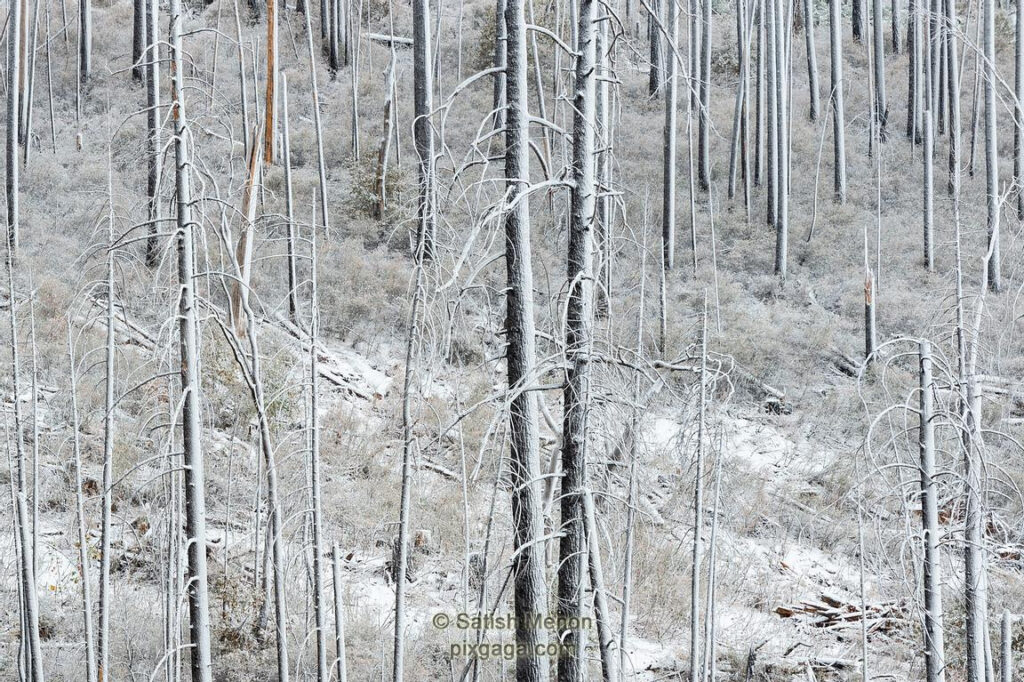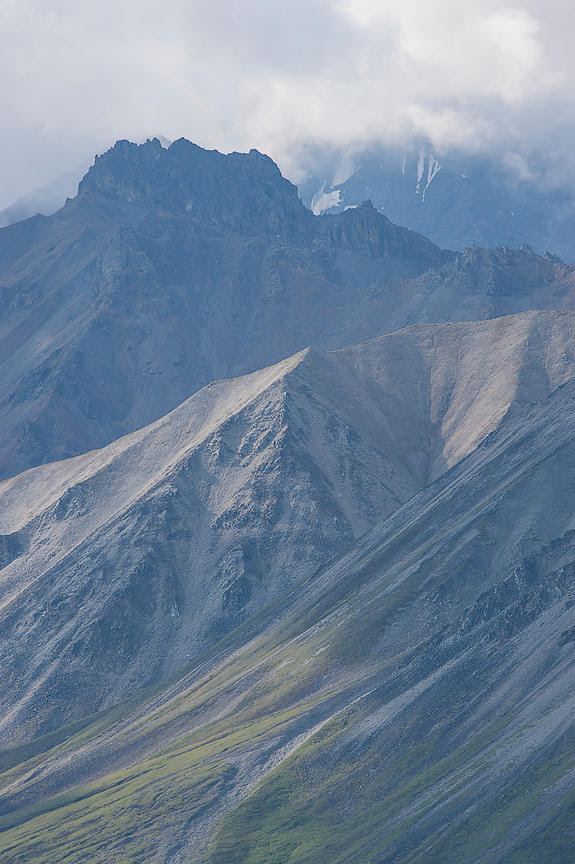Although the pandemic has dampened our air travel, I have not slowed down on my weekend road trips. Winter is a special time offering unique spectacles. In Northern California, it is easy to get to snow, as you go towards the Sierra Nevada mountains.
Last month, as I was passing through Groveland, California, I came across this hillside forest. It had fresh snow, perfect side-lighting and a great pattern of the vertical tree trunks. I loved the pattern, the contrast and the texture. A great representation of California’s winter.
This scene was a bit away from me and therefore I used the Nikkor 70-200mm f2.8 lens and framed this at about 180mm. Since the nearest part of the image is already far away, I knew that an aperture of f/11 is enough to meet the depth of field needs. I bracketed several exposures to finally picked the capture with the right leaning histogram.



